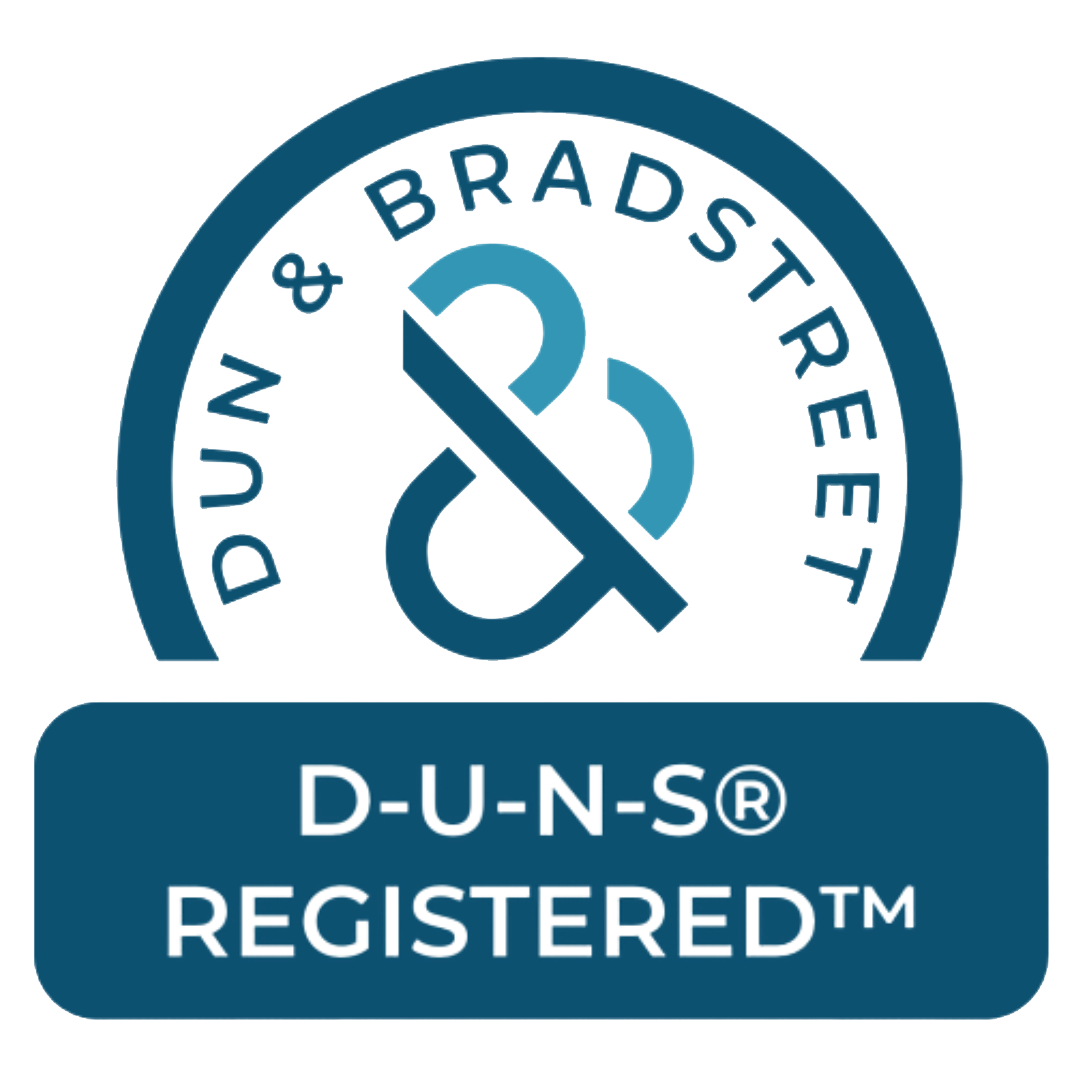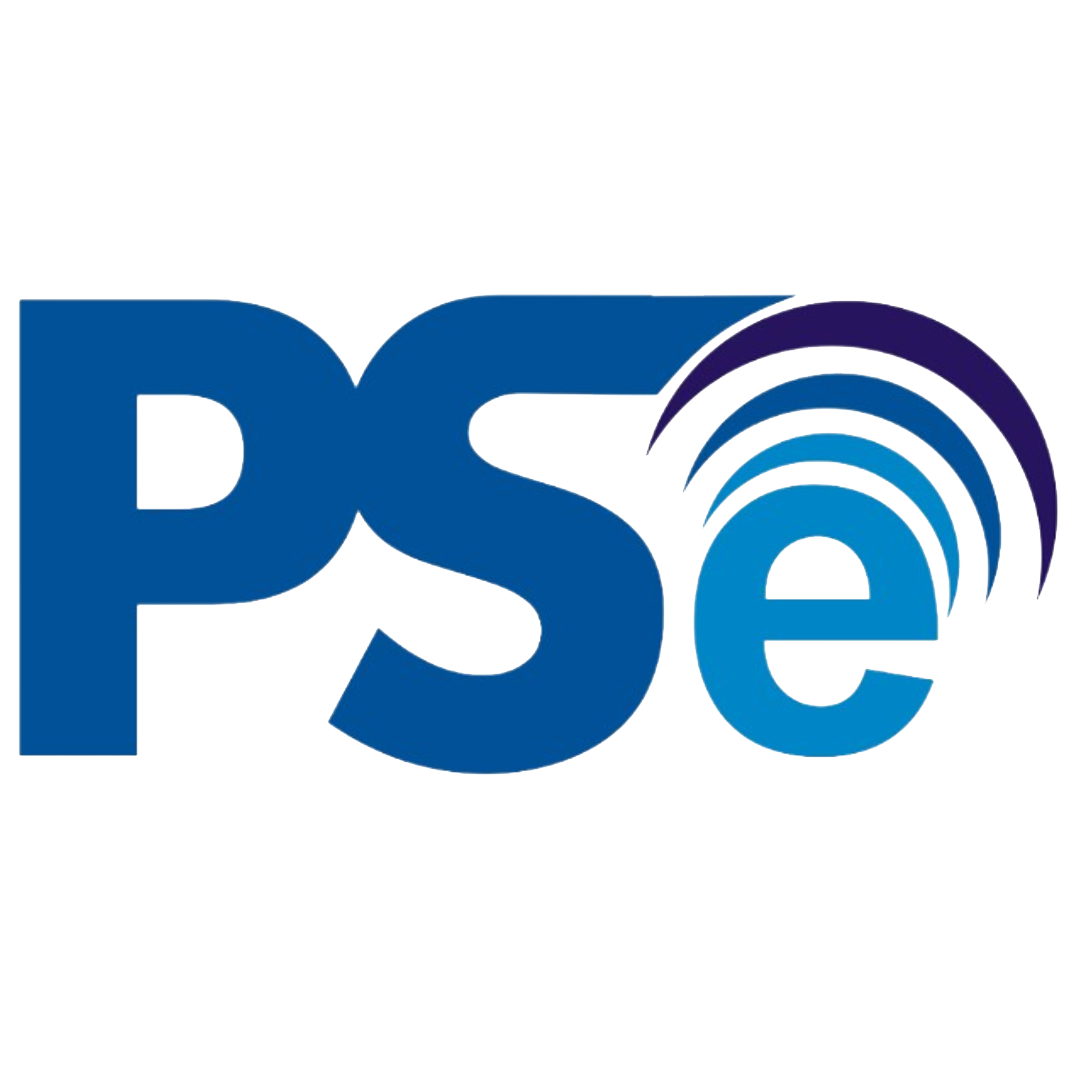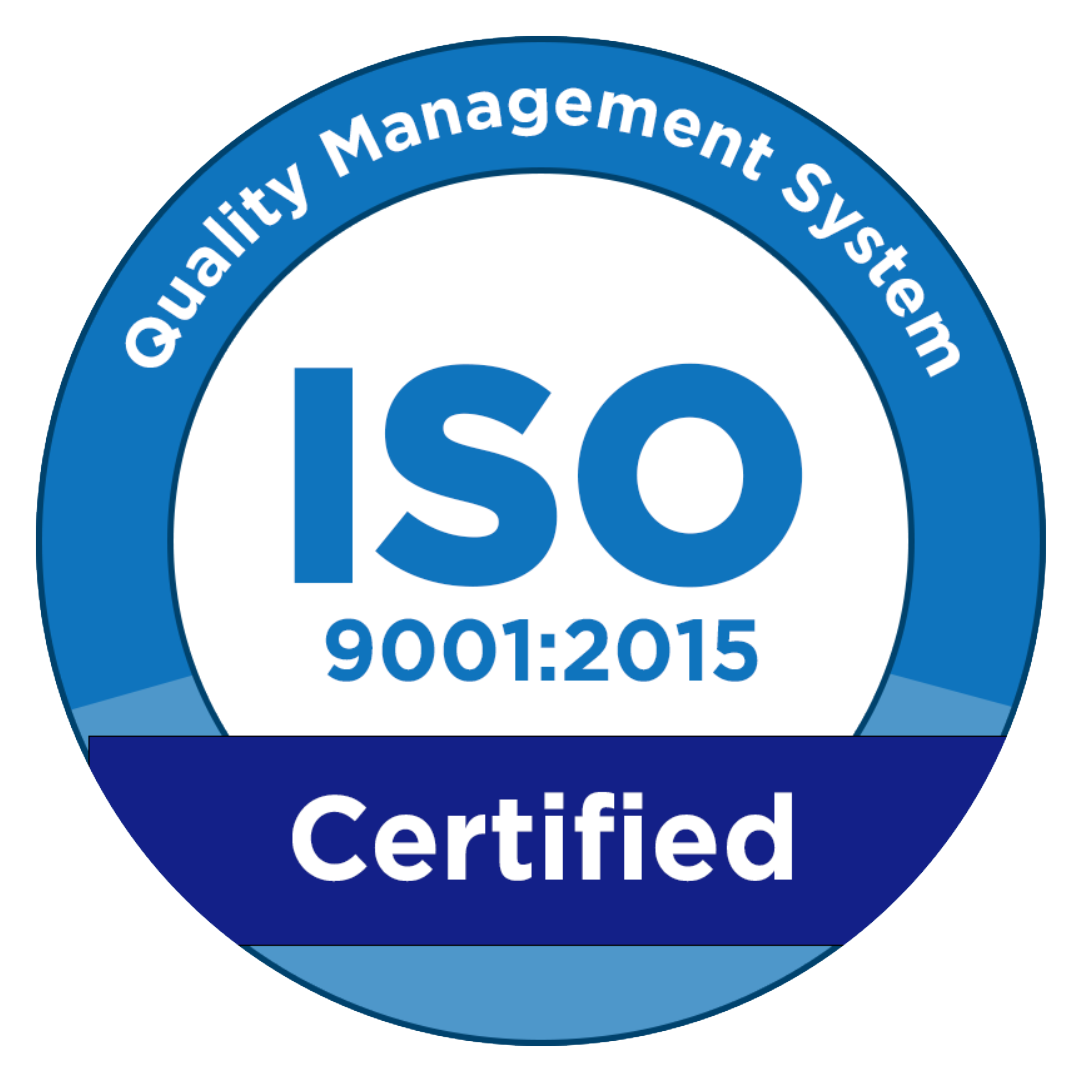The fintech (financial technology) industry has rapidly expanded in recent years. With various emerging innovations, fintech is crucial in reshaping how we interact with financial services through effective software quality strategies. From digital wallets to investment apps, fintech provides more accessible financial solutions to the public. In this article, we will dive into the strategies of Software Quality Assurance (SQA) to support innovation in the financial technology industry. Let’s explore the full article!
What is SQA?
Software Quality Assurance (SQA) is a process that ensures every software developed meets certain quality standards. Essentially, it is the process of ensuring that the system can deliver products or services that comply with these standards.
The main goal of SQA is to ensure that the software is bug-free, performs optimally, and is safe to use. This is especially important in the fintech industry, where even the smallest error can significantly impact user trust and financial data security.
In fintech innovation, Software QA helps maintain the integrity of products launched to the market, ensuring consistent quality.
The Importance of Software Quality Assurance in the Fintech Industry
As mentioned earlier, SQA offers various solutions and innovations beneficial to companies. But what makes it so important in fintech?
1. Enhancing User Trust
Users of fintech applications need to feel safe when using these services. Through SQA, users can be confident that the app they use has undergone rigorous testing, ensuring it is both secure and reliable.
2. Ensuring Compliance with Regulatory Standards
Fintech is governed by numerous regulations and security standards. SQA ensures that every product launched complies with these regulations, preventing the company from facing penalties or reputational damage.
Basic Concepts of Software Quality Assurance
SQA involves testing software to identify bugs and ensure the application meets established quality standards. This process involves various stages, from planning to the execution of testing.
Bugs are often hidden issues that might not be evident during initial development but can have a substantial impact on fintech apps’ performance and security.
SQA helps detect and fix bugs before the application is released to the public. Moreover, it ensures that the fintech app meets the required standards for functionality, security, and performance.
Key Components in a Software Quality Assurance Strategy
Several key components form the backbone of a solid SQA strategy. Let’s take a look at them.
1. Test Planning and Design
Planning is a critical initial step in Software Quality Assurance. A quality assurance tester must design testing scenarios that cover every aspect of the application to ensure each system component works correctly.
2. Functional and Non-Functional Testing
In SQA, there are two primary types of testing: functional and non-functional.
- Functional testing ensures that all features in the application work as intended.
- Non-functional testing focuses on aspects such as performance, ensuring the app can handle a large number of users and transactions.
3. Security Testing
Security is a critical aspect of fintech applications. These apps often handle sensitive financial data, making security testing a top priority in SQA.
4. Performance Testing
In addition to security, the application’s performance must also be tested. Fintech apps must handle a high volume of transactions without experiencing significant performance drops.
5. Ensuring Inter-System Compatibility
Fintech apps often integrate with other systems, such as banking or other financial services. Software Quality Assurance ensures the application works seamlessly across various systems and platforms.
6. UI/UX Testing
The other crucial things in fintech apps are the UI and UX. Fintech apps that are difficult to navigate can drive users away. Testing UI/UX helps ensure the app is intuitive and easy to use.
Popular Software Quality Assurance Tools in Fintech
Now that you understand the concept, components, and functions of SQA in fintech, you might wonder: what are some of the most popular tools used? Here are a few.
1. Selenium
Selenium is a commonly used testing software or tool for automated testing of web-based applications. In fintech, Selenium helps identify bugs and ensures that applications function properly across different browsers.
2. JIRA
JIRA is widely used for bug tracking and project management. This tool enables development and QA teams to collaborate efficiently, ensuring any bugs found can be quickly fixed.
3. LoadRunner
LoadRunner is a highly useful performance testing tool in fintech. It helps gauge how well the app can handle a high volume of users and simultaneous transactions.
Software Quality Assurance (SQA) is a fundamental part of the fintech industry. With strong SQA strategies in place, fintech companies can ensure their products are safe, high-quality, and compliant with existing regulatory standards.
In a field as fast-paced and sensitive as fintech, maintaining trust through rigorous testing is not just important, it’s critical for success.

If you’re looking to develop a fintech app that is secure, reliable, and meets regulatory standards, GeekGarden offers custom financial software development services tailored to your business needs. With a strong SQA approach, we ensure your fintech solution is not only innovative but also of the highest quality and safety standards. Don’t let security loopholes or bugs hinder your business growth. Contact GeekGarden now for the right fintech software development solutions!
Author: Sari Dewi (Content Writer)
Editor: Helmi Maulidina (SEO Specialist)















